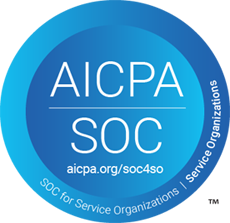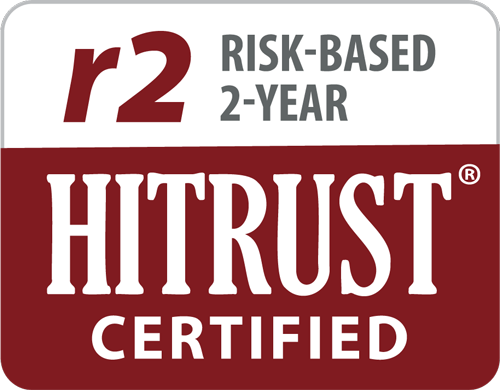We have an incredible opportunity with community-based providers like Community Paramedicine and Home Health caregivers to develop critical, trusted relationships with patients more quickly and deeply. So much can be observed in someone’s living space to inform their care plan. Especially when you think about Social Determinants of Health (SDOH) – from access to fresh, nourishing food to reliable transportation to appointments – patient compliance and outcomes have a lot to do with these variables that have been historically overlooked in the healthcare industry. But we simply can’t ignore them anymore, and this certainly isn’t news to those who have been working with patients in communities and homes for decades now, seeing these realities play out daily for their census.
The rub, however, is that these very providers often don’t have enough of a voice in their communities to impact solutions chosen and implemented by those footing the bill for connectivity. Or if they do, their very own systems can’t integrate elegantly or efficiently with said solutions to share the information they’re gathering from the front lines, much less important data like concerns about living conditions, access to transportation, food insecurity, and much more.
Innovative Healthcare Networks Bridge the Gap Between Big and Small Providers
Just as patients shouldn’t be limited in their ability to receive quality care based on their social status or background, providers shouldn’t be limited in their ability to get critical patient data in front of other providers based on their size or the capabilities of their respective IT solutions. This is where innovative healthcare networks not only seek to streamline communication between providers in real, meaningful ways, but they also get behind attempts to standardize how that information is exchanged.
This is NOT the approach taken by interoperability days of yore when the Wild West of loose standards, marred by hefty requirements and costs immediately excluded a whole host of providers or tools. Instead, the goal of standardizing SDOH information as encouraged by the ONC is to ensure that information doesn’t suffer an untimely death in the records of Home Health provider’s notes, for example, overlooked by busy providers who can’t afford to go spelunking for data in non-discrete or non-standard formats.
The reality is that much of the data getting a lot of attention these days has been around for years. But without standardizing how it is captured and communicated to other providers and support organizations, those metrics are lost or overlooked. And at the end of the day, this isn’t about metrics…this is about people. And people should never be lost nor overlooked due to technology short-sightedness.
The Future Is Engaged Exchange and Awareness of SDOH
Healthcare networks engaged in the exchange of SDOH information can accelerate the exchange of these critical variables and can provide prompt benefits for improving outcomes across the care continuum. This will bring a new era of healthcare delivery to a new generation of providers who are committed to tackling health inequities, and who will be forced to dig into the realities of how these aspects impact outcomes and compliance. Especially as care delivery shifts toward homes and out of traditional healthcare facilities (including community centers), the ability to share this data securely, consistently, and efficiently will become more important than ever. We cannot turn a blind eye to these needs. We applaud the healthcare providers that are adding SDOH data elements to the exchange already happening, showing their committed to raising awareness. As more join in (more providers and the technology vendors who support them)







